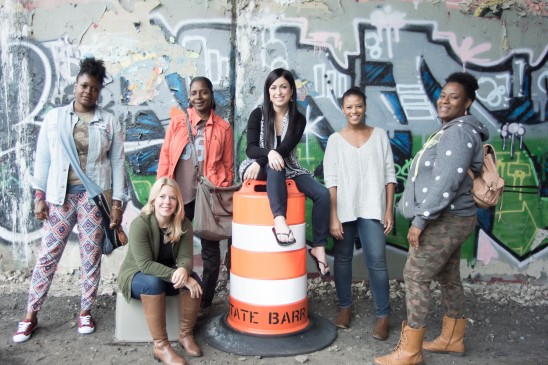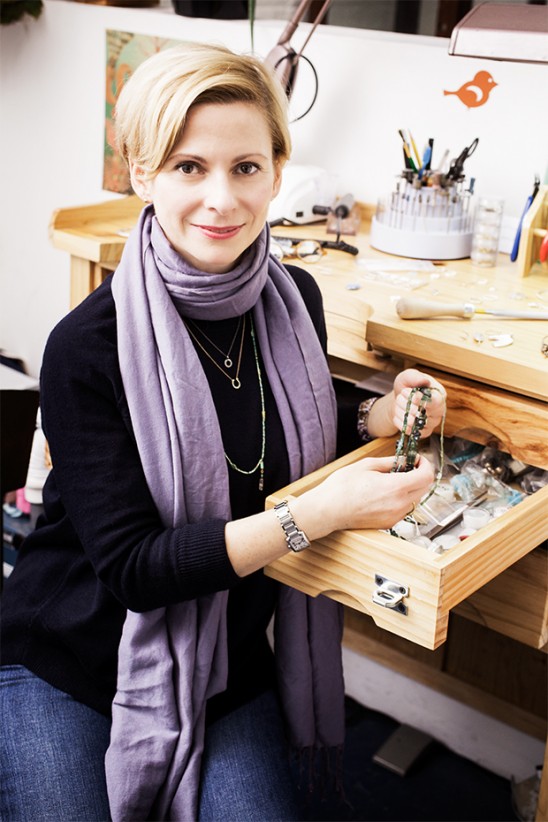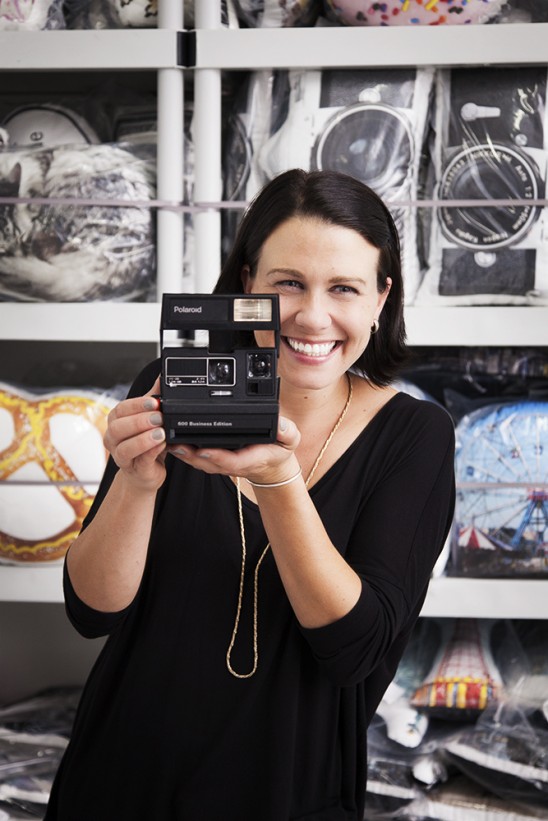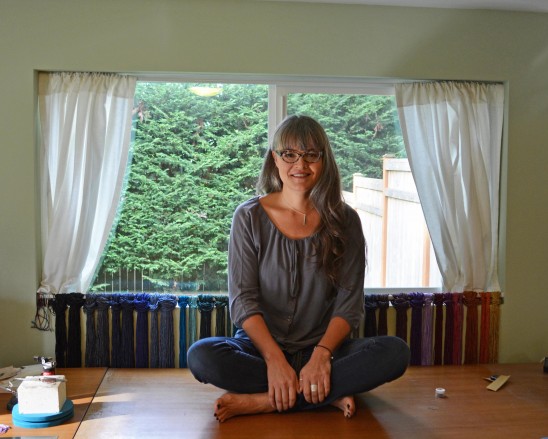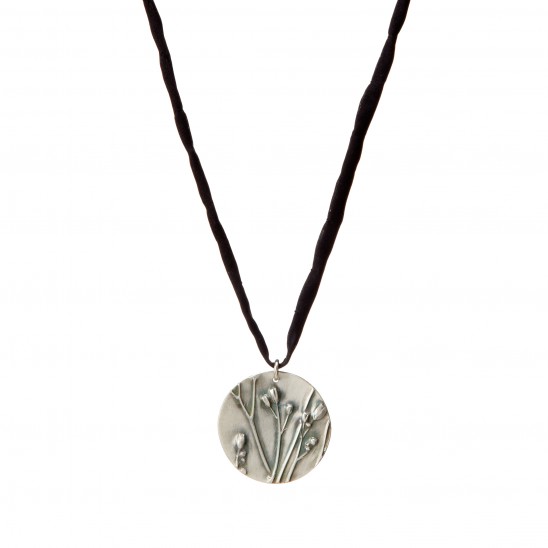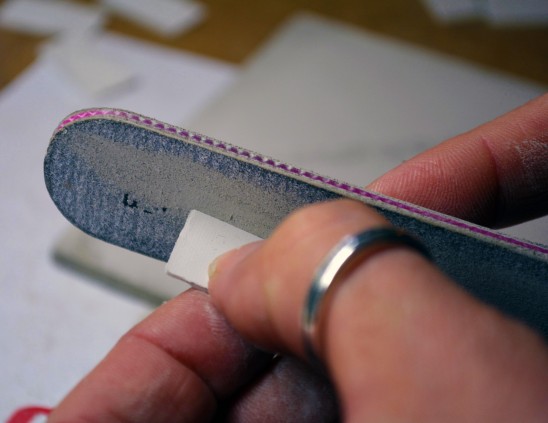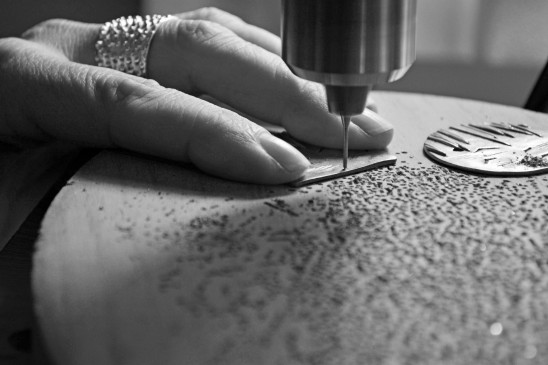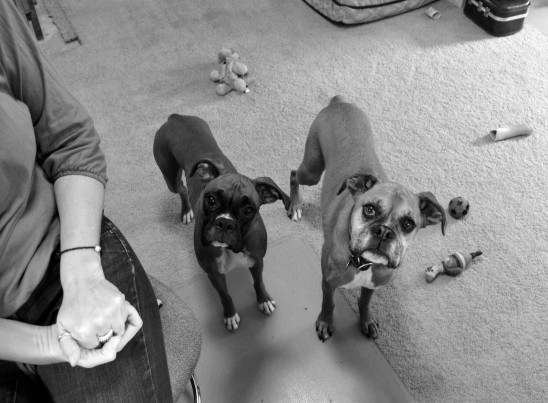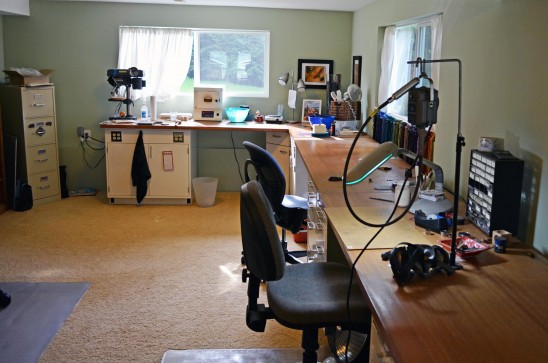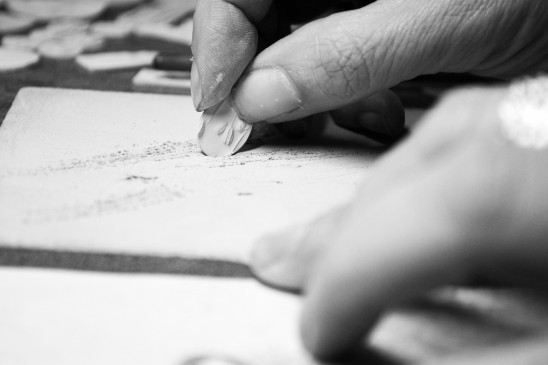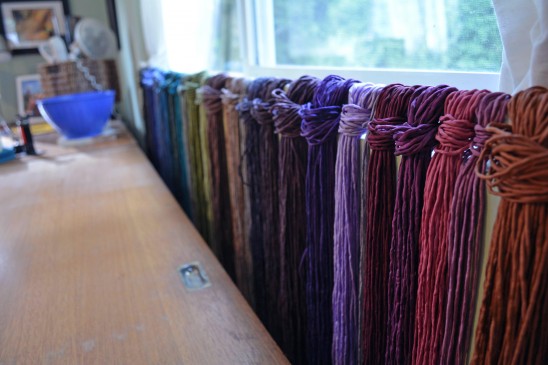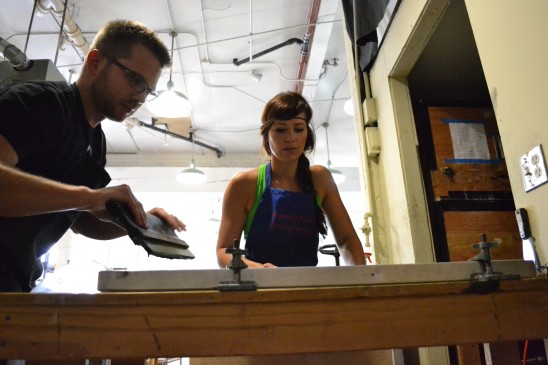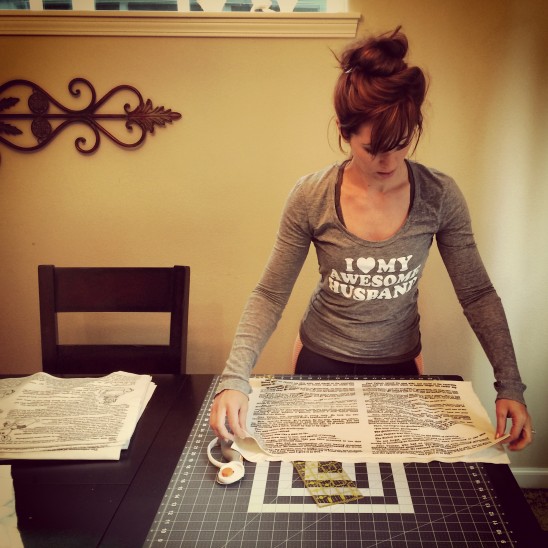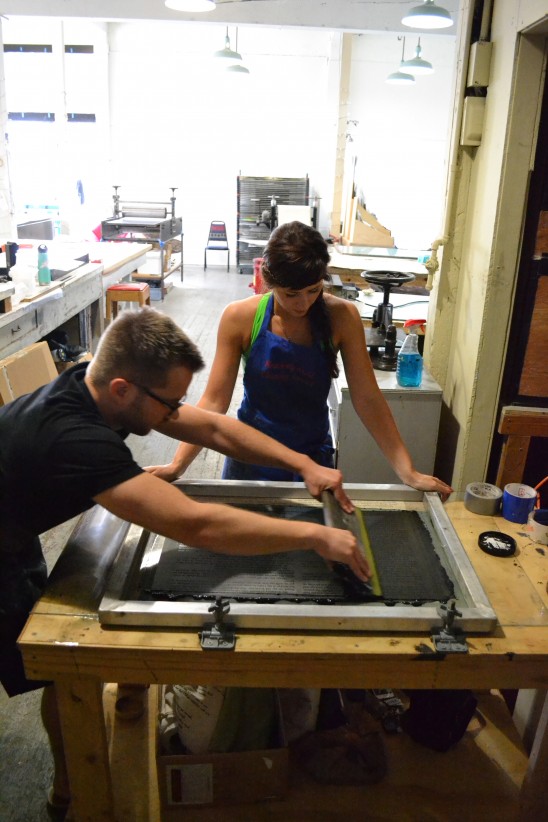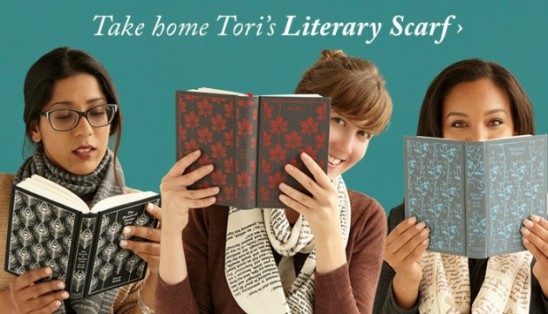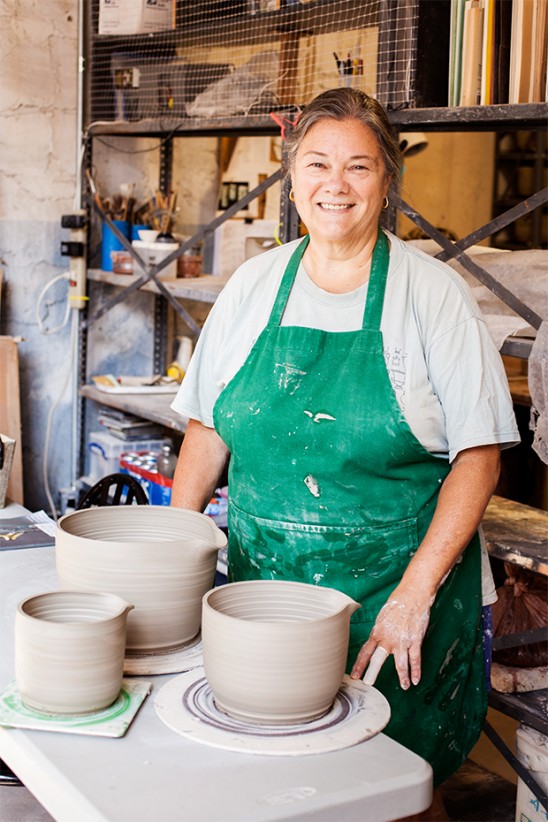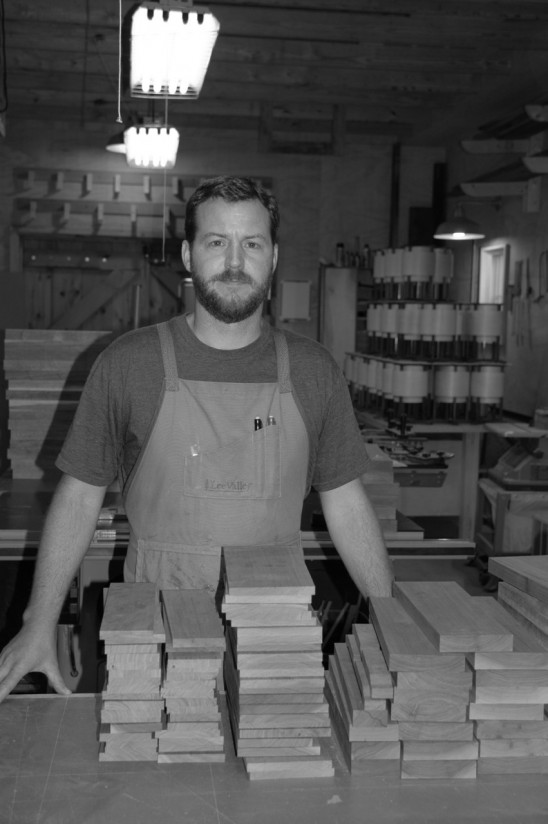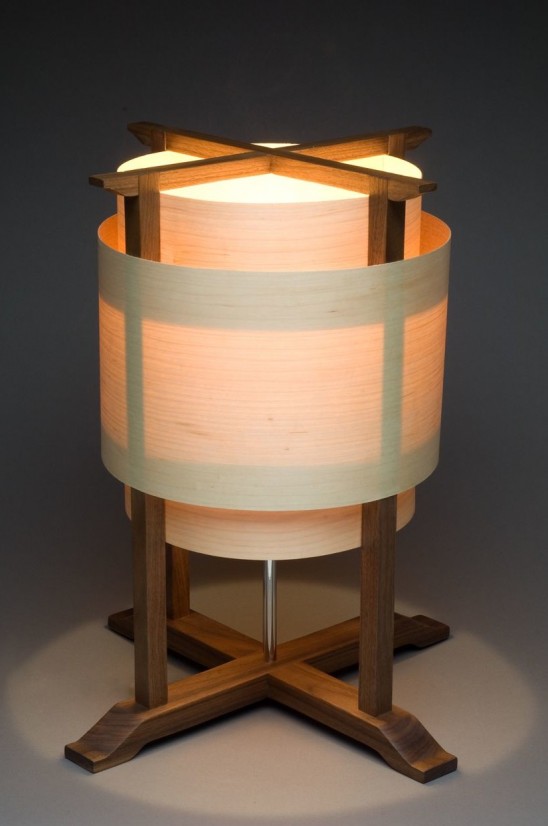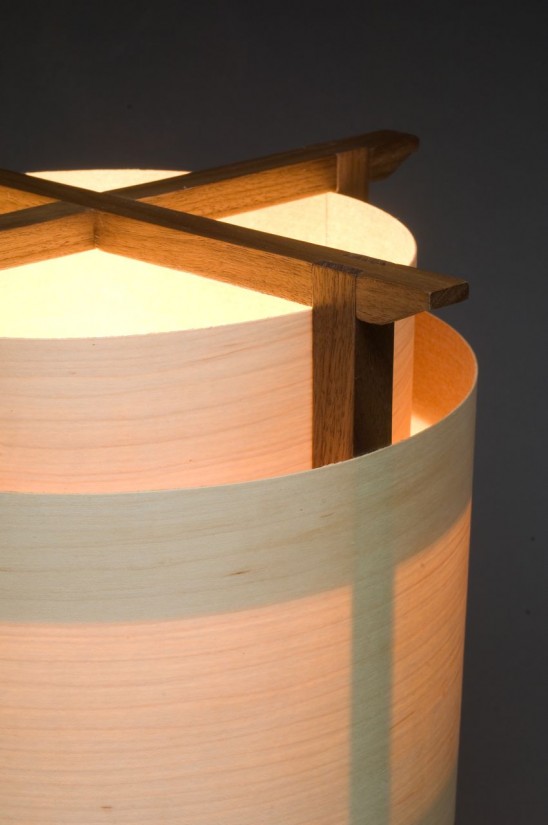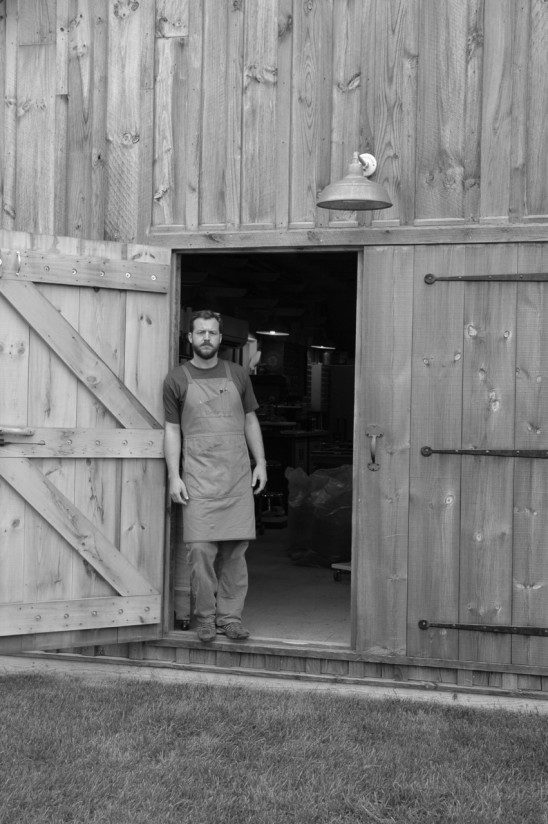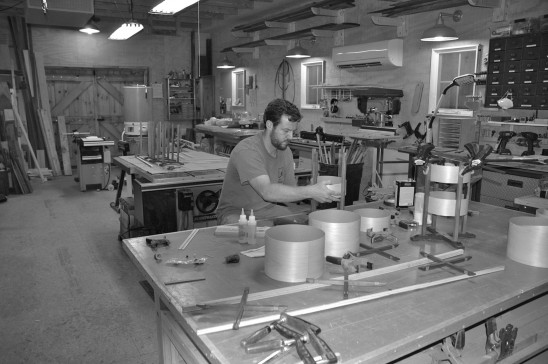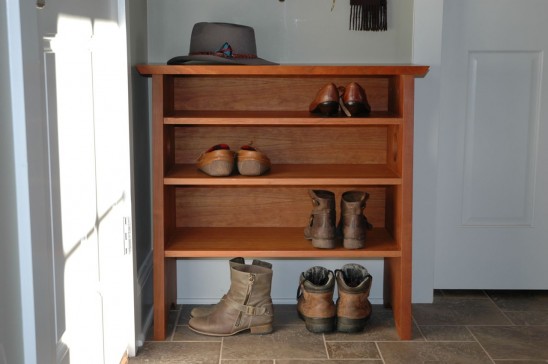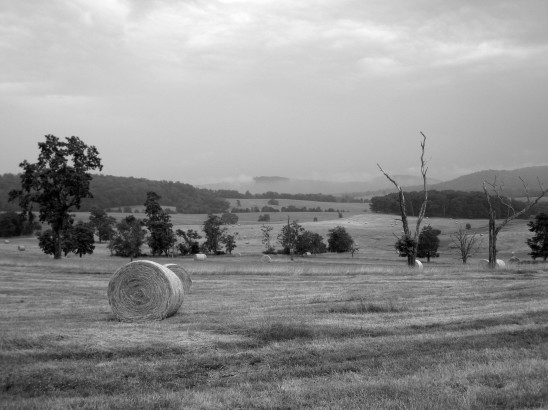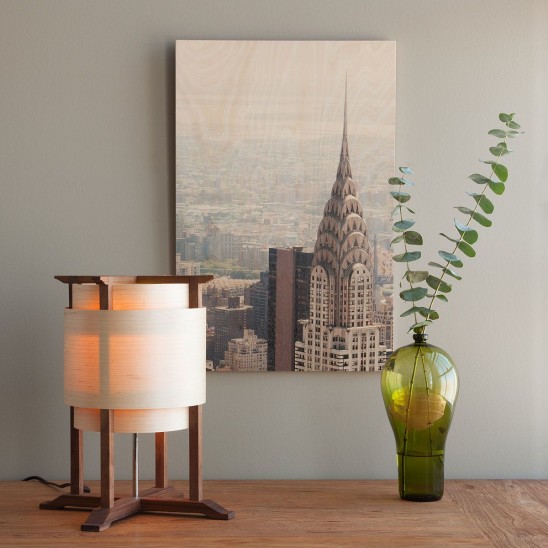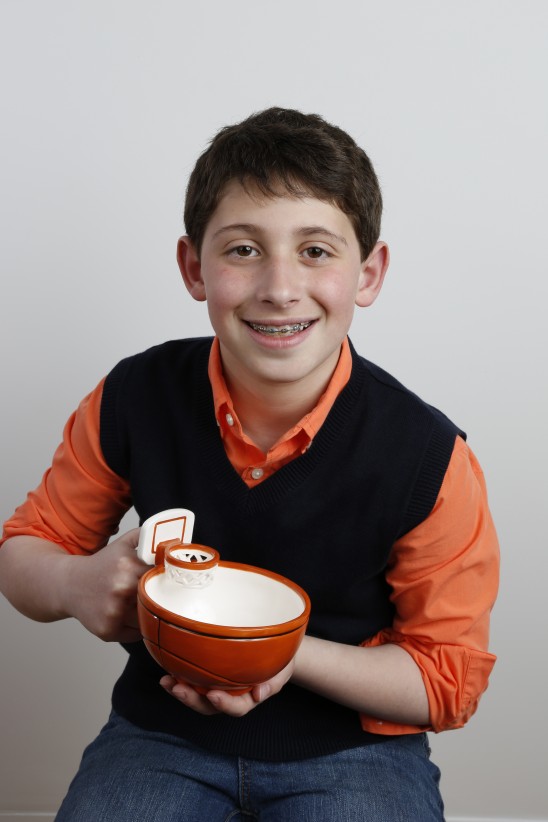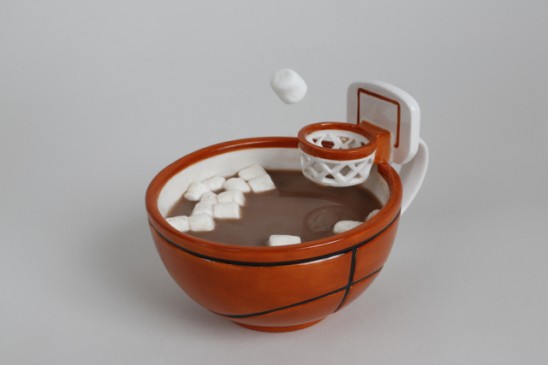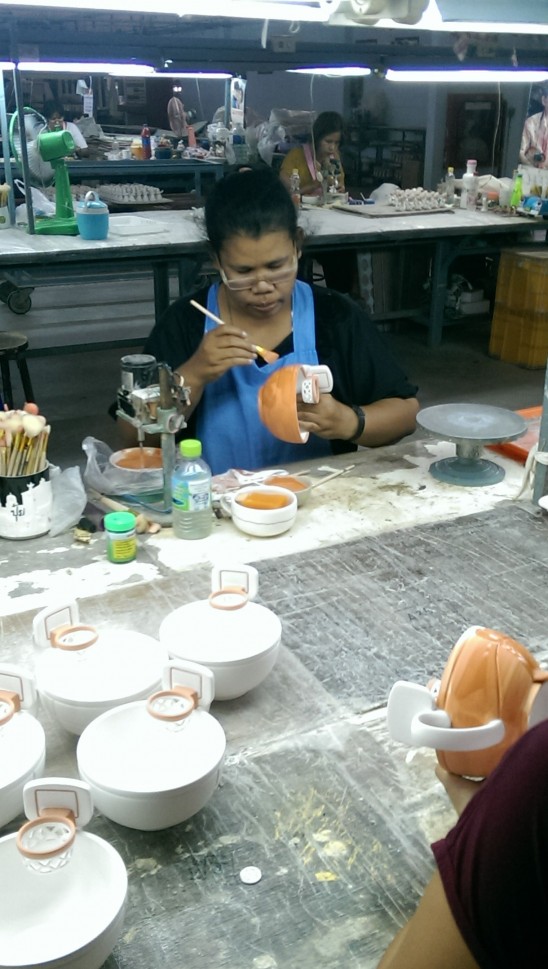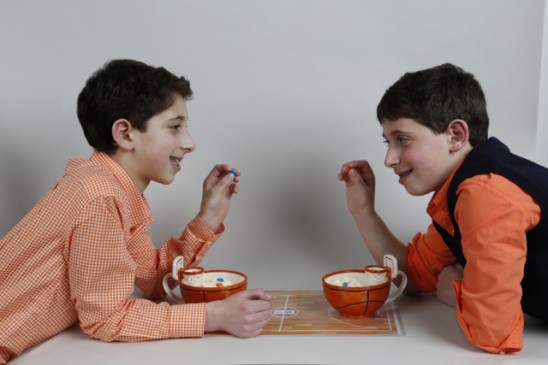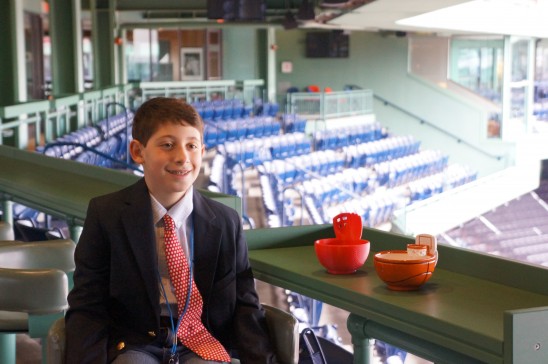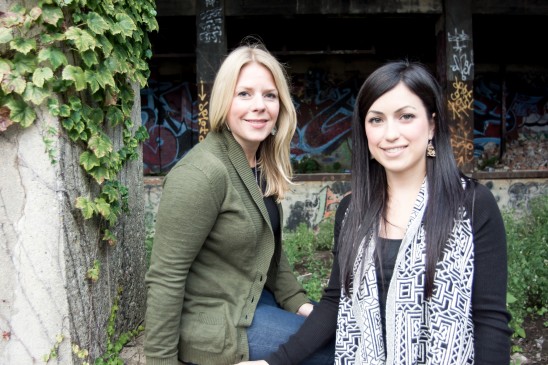
Detroit got its nickname, Motor City, from its once booming automotive industry. For the last few decades, as the American automobile industry has declined, Detroit has deterioriated along with it. But over the last decade or so, creative types have been attracted to Detroit’s low real estate costs. Entrepreneur Amy Peterson is one of the creative small business owners helping to give Detroit a new identity–and she’s making a positive impact on her community in the process.
Amy, who has lived in Detroit for 8 years now, saw the beauty in chips of fallen graffiti around her neighborhood. While those flakes of old paint were once reminders of the city’s decay, Amy and a team of artisans are now turning bits of urban detritus into stunning symbols of rebirth.
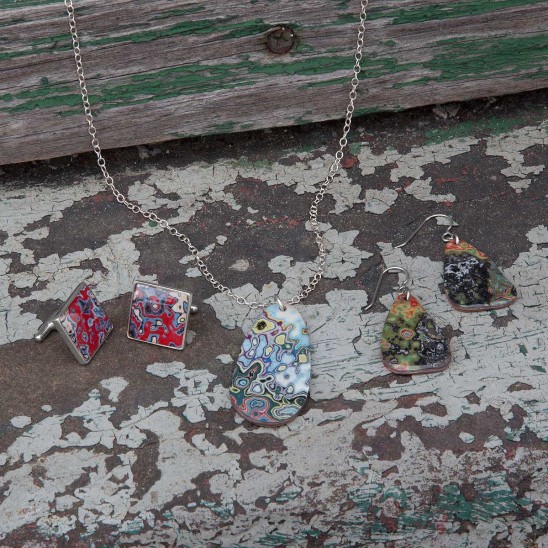
Amy and her business partner Diana Russell work with area women from local shelters to transform the fallen paint into unique jewelry designs, including necklaces, earrings, and cufflinks.
Although Amy and Diana both have backgrounds in jewelry making, their current business wasn’t founded solely to produce fashionable pieces. According to The Daily Beast, when inspiration for the Graffiti Jewelry Collection stuck, Amy was already on the lookout for a way to help her community. Since she lived near a local shelter, she had spent time listening to the stories of women in need. She realized that the short-term housing provided by shelters doesn’t provide a long-term solution to the problem of unemployment.
Through experimentation with the graffiti pieces, Amy and Diana developed a technique for creating stone-like paint “gems” with brilliant layers of color, reminiscent of (and sometimes even more vibrant than) the original street art.
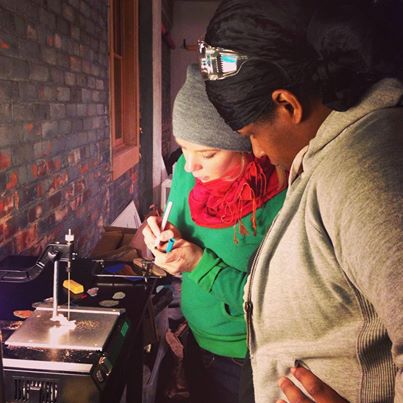
No existing art pieces or buildings are harmed to gather the paint. “We collect the graffiti once it crumbles off the walls in the city of Detroit, ” said Amy. ” We take it through a special process to reveal all of the layers that make up the scrap piece of graffiti. It creates a beautiful palette of colors that serves as the inspiration for the women we hire. They cut out whatever shape and color speaks to them.”
The Detroit Free Press beautifully describes this process as turning “nondescript sheets of paint scavenged from alleyways and weedy lots” into “a shocking kaleidoscope of color.”
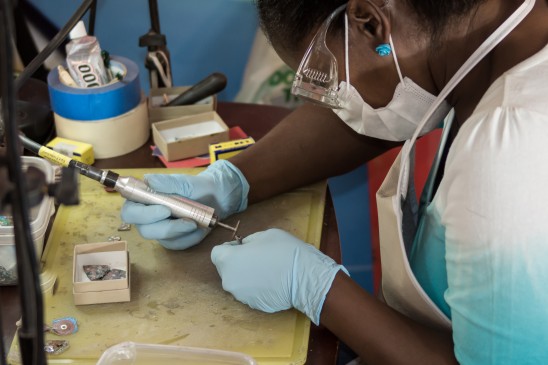
Amy said that she considers herself fortunate to have met each and every one of the six woman that her small business now employees. “We plan on continuing to grow and help more women in our community,” she said. “Each piece of jewelry that we sell goes directly to supporting that mission.”
In addition to giving the female artisans she works with full-time employment, Amy’s company also helps them connect with organizations that provide further assistance.
“We have been able to offer [our employees] free legal aid thanks to the generosity of Foley Lardner, women’s empowerment classes thanks to Yodit Mesfin at Lips and Hips, a host of supportive services thanks to Focus Hope and Coalition on Temporary Shelter (COTS), Digital Inclusion provide[s] affordable computers, [services from ] Community Social Ventures, and financial advising from Lauryn Williams at Waddell & Reed Inc.,” Amy explained.

The financial management, business education, and life wellness skills that these programs teach allow the women to successfully transition from shelter situations to independence.
Taking part in the creative process and developing the technical skills required to produce the jewelry pieces also has a positive impact on the women who craft these designs. “It really helps enhance their confidence when they create beautiful works of wearable art that customers are proud to wear,” said Amy.
That confidence shines through in every perfectly polished piece of Graffiti Jewelry; and, much like the many customers who have told Amy and her team how proud they are to wear these designs that are as meaningful as they are beautiful, we’re proud to show off this collection in our assortment.
